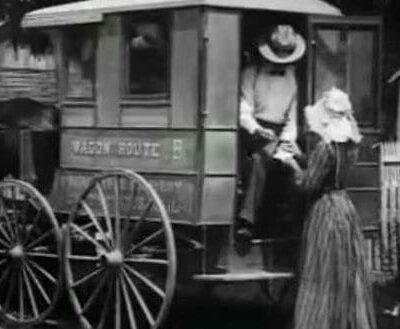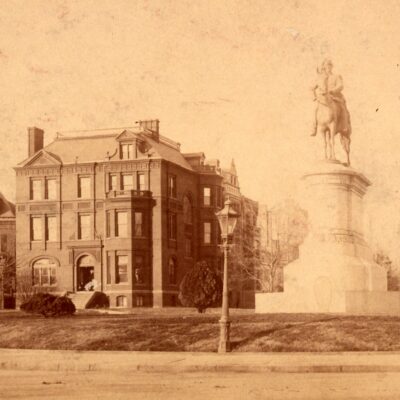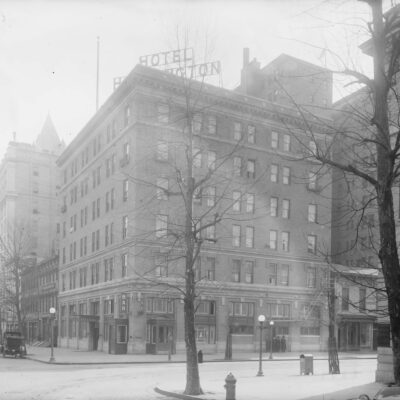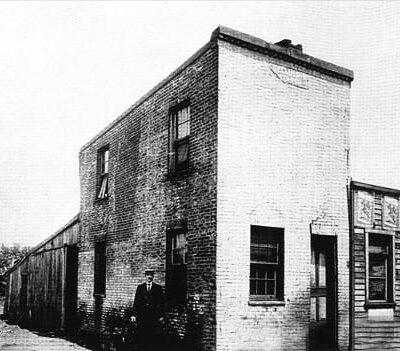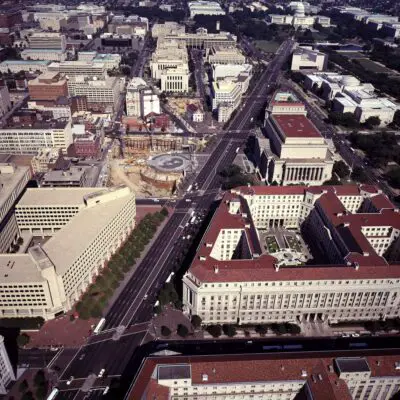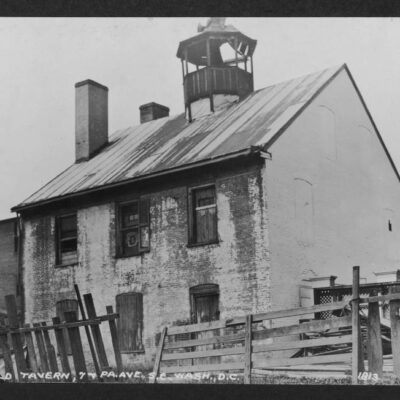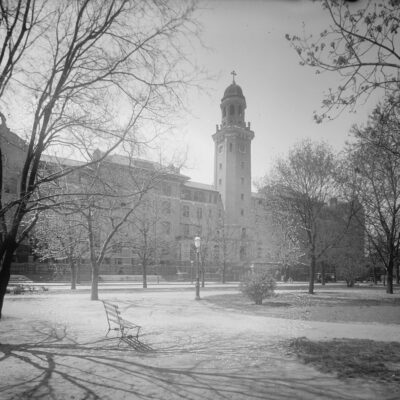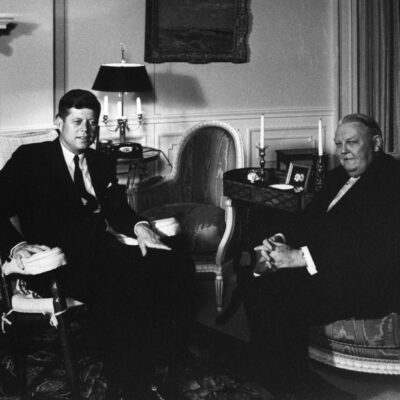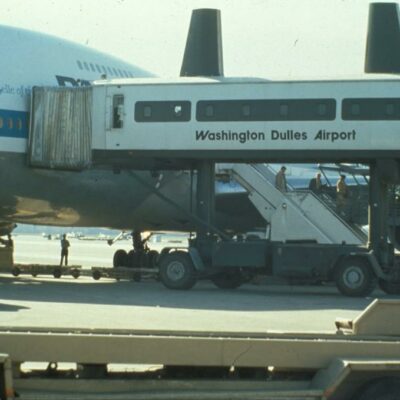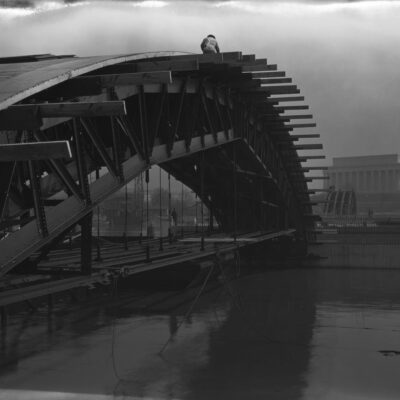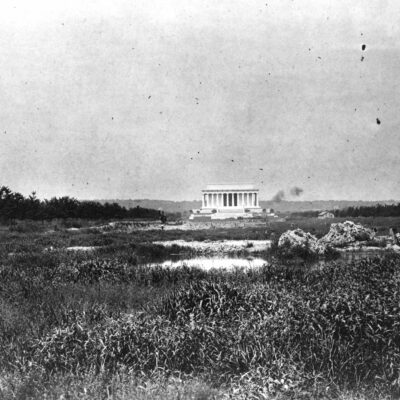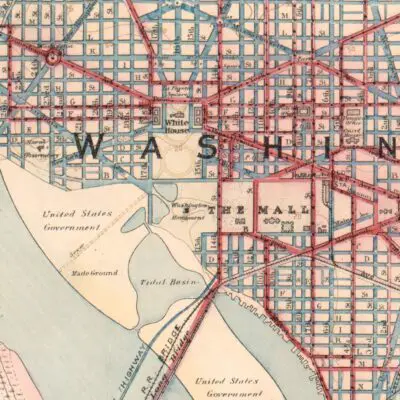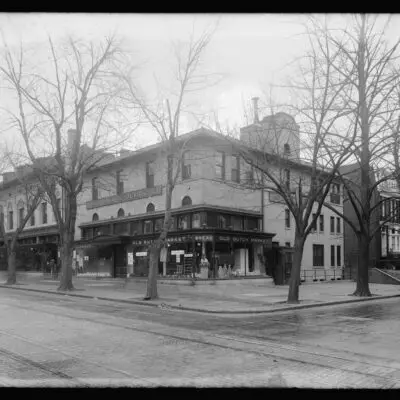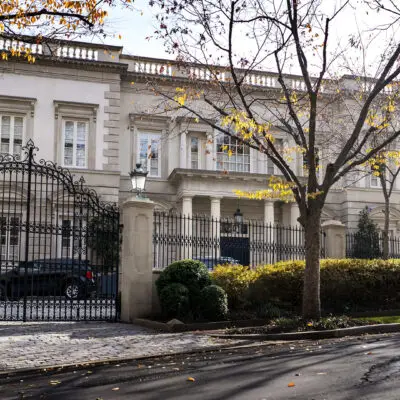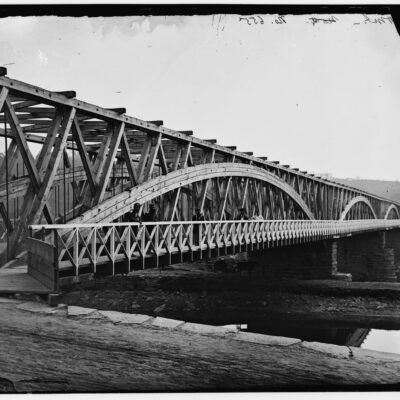In 1982, the United States Post Office launched a new system dubbed E-COM (Electronic Computer-Originated Mail) as an attempt to adopt the nascent technology of electronic mail. Almost comical by today’s standard, but probably thought of as cutting edge at the time, a company would compose a letter on their internal computer system (certified to be compatible with the USPS systems) and transmit it to the Postal Service’s computers in the destination city. The receiving post office would print the message, employees would fold and insert them into envelopes and deliver them via regular mail to their final destination. Crazy right?
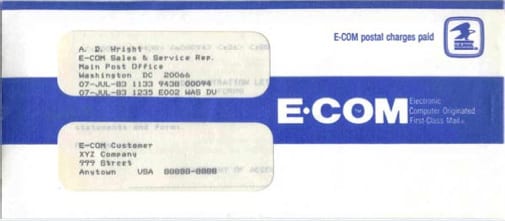
This service was only available to businesses and large organizations like Merrill Lynch, Temple University and Eastern Airlines were quick to jump on board.
The New York Times had a piece published on December 28th, 1981 describing E-COM and the battles fought to bring the vision into production.
After nearly four years of effort and amid continuing controversy, the United States Postal Service plans to introduce its new electronic mail system for businesses on Jan. 4. The service will be marketed as E-COM, and acronym for “Electronic Computer-Originated Mail.”
The electronic service will allow a customer to dispatch messages, computer-to-computer, to 200 or more parties and be guaranteed delivery through the mail in two days.
…
E-COM’s opponents hope that the Reagan Administration may step in at the last minute and block the service. “The plan to offer E_COM in January is unlawful, and the service, so far as we can tell, is unworkable,” said Stanley Weinstein, a Graphnet spokesman.
Officials in both the Commerce and Justice departments reportedly are concerned that the service may represent improper Government competition with the private sector, a view that those departments have held over the years even under the preceding Administration.
E-COM didn’t last very long for the Postal Service. It was terminated in September 1985 due to lack of business.
Even in the early 80s, it was clear to USPS that “electronic mail” was a freight train bearing down on traditional mail delivery and this was an ill-fated attempt to stay ahead of the curve and evolve.
The Postal Service might be a true ghost in about 25 years with the potential growth of 3D printing (seriously cool).

